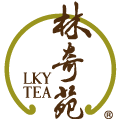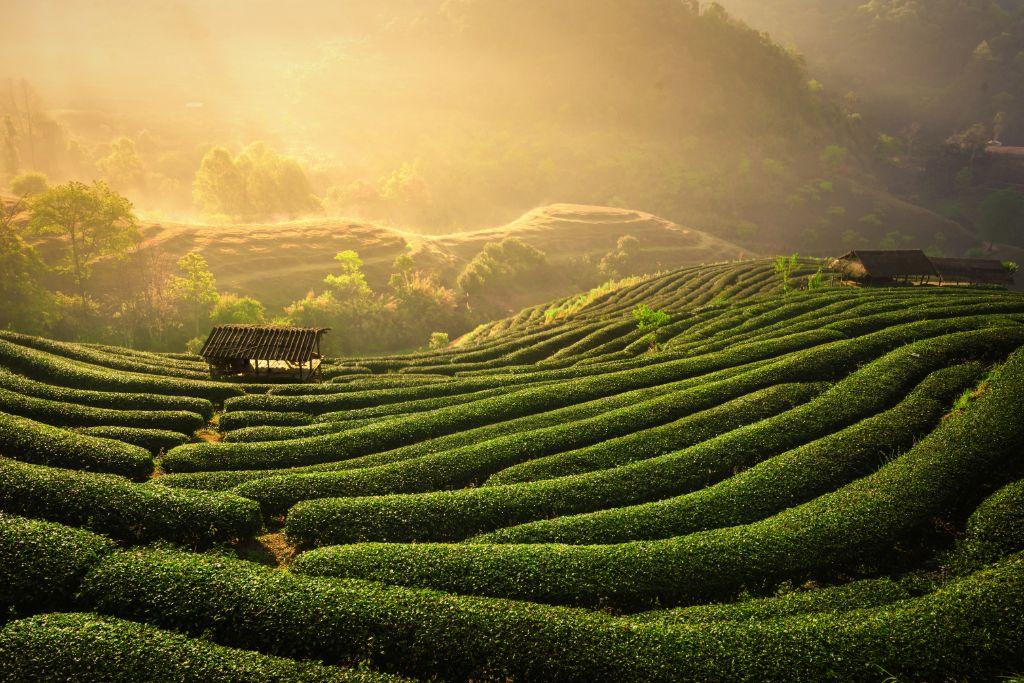There are many different legends surrounding the origins of tea. Perhaps the most renowned is the Chinese story of Shen Nung, the emperor and herbalist, who was boiling his drinking water when leaves from a nearby tea tree fell into his pot. When he tasted the resulting brew, it was a beverage unknown and fascinating to him and from that incident, tea was born. Along with firewood, rice, oil, salt, sauce and vinegar, tea is among the seven “kitchen staples” in China and has become a daily necessity. At present, tea is grown in more than fifty countries and is consumed worldwide.
Tea was a widely accepted beverage during the time of Confucius and its popularity heightened during the Han Dynasty. By the time of the Tang Dynasty, tea was the national drink of China, spreading from the noble to the masses of Chinese society. It was during this time that the practice of sending the finest teas to the emperor was developed.
In China, tea’s popularity as a drink was dwindled during the years of the Mongol rule but it returned to popularity under the native Chinese Ming Dynasty. After years of foreign rule, this dynasty saw a revival of all things considered essential to the Chinese, and tea was definitely one of them. It was in this period that tea began to be brewed by steeping loose leaves in boiling water. Also during this period it was when Europeans first tried tea. Also under the Ming Dynasty there was experimentation with different types of teas, fermented black teas, unfermented green teas, and the semi-fermented variety that it is now known as oolong, and within these categories with a vast range of varieties.
With over 5000 years of history, tea continues to develop as a part of our daily living. We have numerous varieties and blends today to cater for everyone’s cup of tea.

